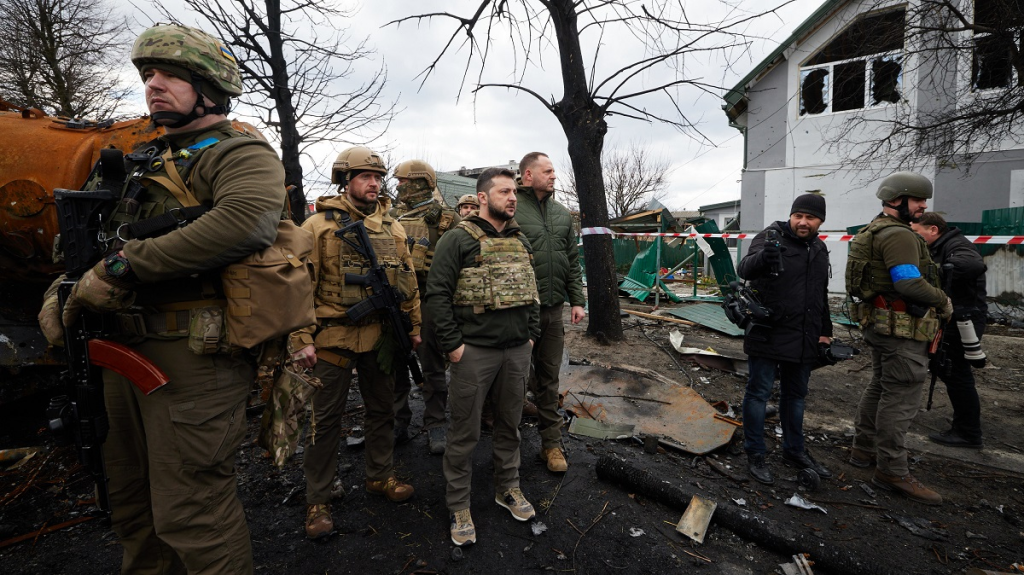
The Russians have lost over forty armored vehicles and over a hundred men in a single failed attack close to Dobropillia this month a crushing defeat which exemplifies the barbarity and the evolving nature of the conflict in eastern Ukraine. Conducted in the unfavorable weather, the attack aimed at breaking Ukrainian lines and grabbing the village of Shakhove instead became a textbook in the ways advanced defenses, hammered together from drones, minefields, and flexible tactics, can blunt even large-scale mechanized charges.

The battle wasn’t some one-off meeting. It was part of the wider Russian effort in Donetsk Oblast that’s seen the re-emergence after months of circumspection of heavy armor, the use in assault columns of motorcycles, and electronic warfare used specifically for the aim of blunting Ukraine’s air supremacy in the form of drones. Nevertheless, Ukrainian forces and the 1st Azov Corps in particular paired engineering ingenuity with multi-tiered firepower in a bid to turn the offensive into an expensive reverse for Moscow. Here are the key points which characterized the battle and its broader implications.
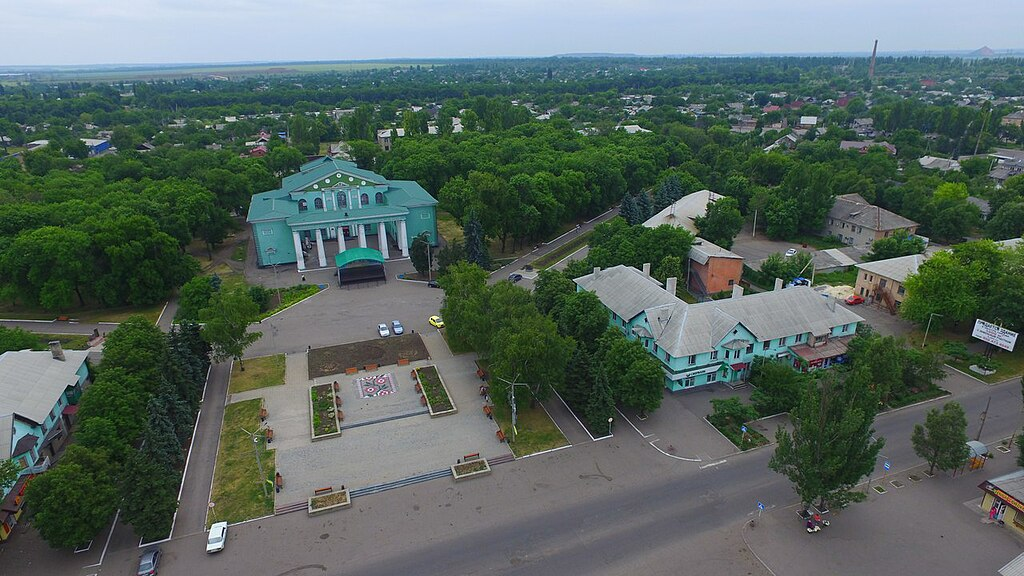
1. The Objective: Capture Shakhove
Russian operational objective was uncomplicated capture Shakhove, a village the capture of which would open up routes further into Ukrainian-controlled territory. Recounted by the 1st Azov Corps, the assault went in successive waves from differing axes, textbook maneuvering for attempting to overwhelm defenses with simultaneity. The attack was at Shakhove and nearby villages such as Volodymyrivka and Novoolenivka in an attempt at cracking the defensive belt in the Dobropillia sector. Despite the scale 35 armored pieces employed across one axis the attackers were halted prior to achieving a single location.
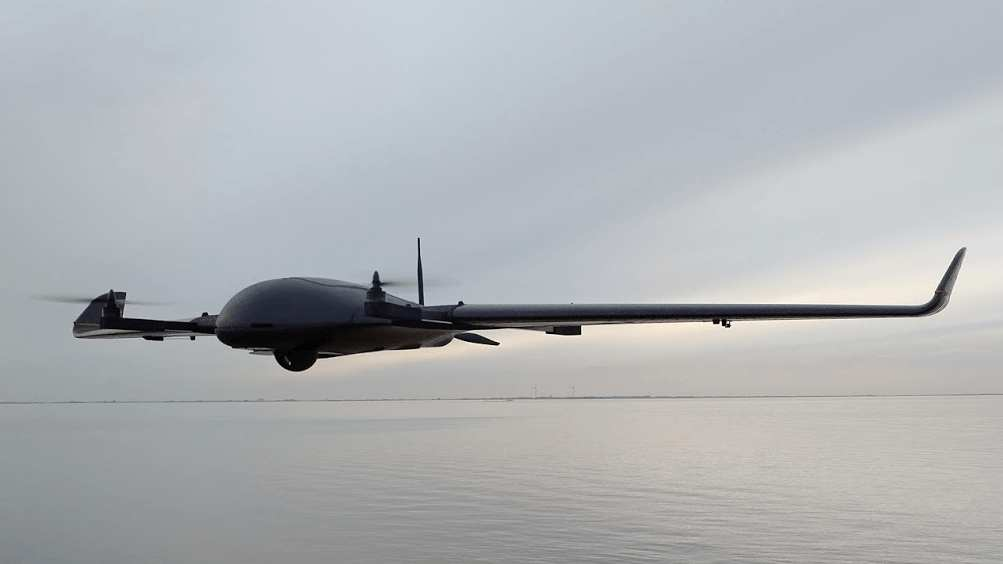
2. Weather as a Tactical Enabler
The Russians coordinated the attack with worsening autumn weather, hoping for shortened flight time for Ukrainian UAVs. Militarnyi said the arrival of wind and rain was also viewed as a chance to redeploy armor in large masses, after summer limitations on the same due to high Attrition among UAVs. That’s part of a pattern the Institute for the Study of War reported: mechanized advances by the Russians more typically take place after air reconnaissance and strike forces are pushed back through weather, leveling the playing field in the short term.
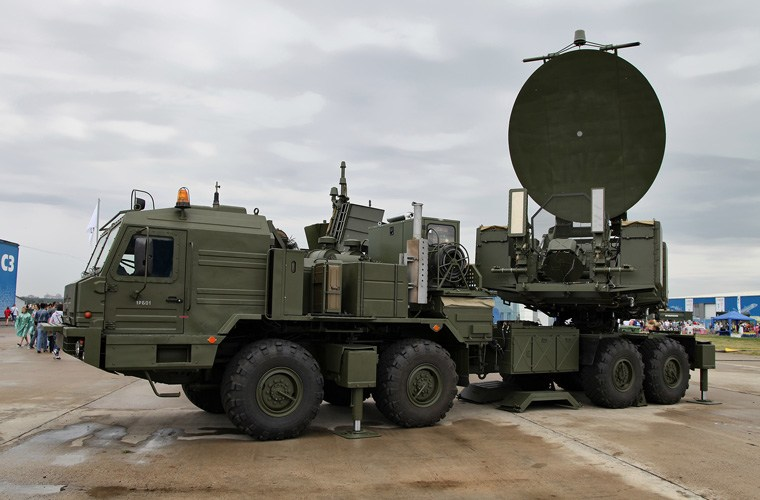
3. Motorcycle-Led Assault Waves
The first wave wasn’t tank but motorcycles fast, low profile, and able to get through terrain that bigger rigs can’t handle. Recorded by ISW, suchunits are often two-man teams with electronic warfare (EW) gear at the column front, center, and rear that can be used to defeat incoming drones. In this battle, motorcycles paved the way with infantry fighting vehicles and then with dismounts and tanks. The concept owes a debt to an growing Russian and Ukrainian tradition in the deployment of light, expendable platforms used to get into hostile areas first and then heavier rigs follow.

4. Mines and Fortifications as Force Multipliers
Ukrainian engineers had previously mined likely routes of approach, funnelling attackers into kill zones strengthened with dragon’s teeth, razor wire, and anti-tank ditches. This multi-tiered defence which Ukrainian sources call impenetrable even in parts-held terrain brought Russian armour to a crawl and left it vulnerable to artillery and drone attack. In Volodymyrivka, 32 Russian infantry were successful in landing twelve were killed outright, the balance trapped in rubble until heavy bombers hit in the night. Such fortifications are reminiscent of other axes, in which mines have arguably done more damage than drones in the operational tempo in bringing advances to a standstill.

5. Integration of Drone and Artillery
Despite adverse weather, unmanned formations in Ukraine managed sufficient operational tempo to integrate with artillery brigades. Stranded vehicles were attacked with FPV and loitering attack systems, and concentrations of troops were pounded with artillery from tubes and rockets. The mix was decisive at Novooleynivka, an eight-vehicle armored column was destroyed or withdrew in its entirety before contact was made by the drone crews from the 93rd Brigade. It’s a broader battlefield shift in which combined artillery-drone attacks are a pervasive approach to attritioning mechanized advances.
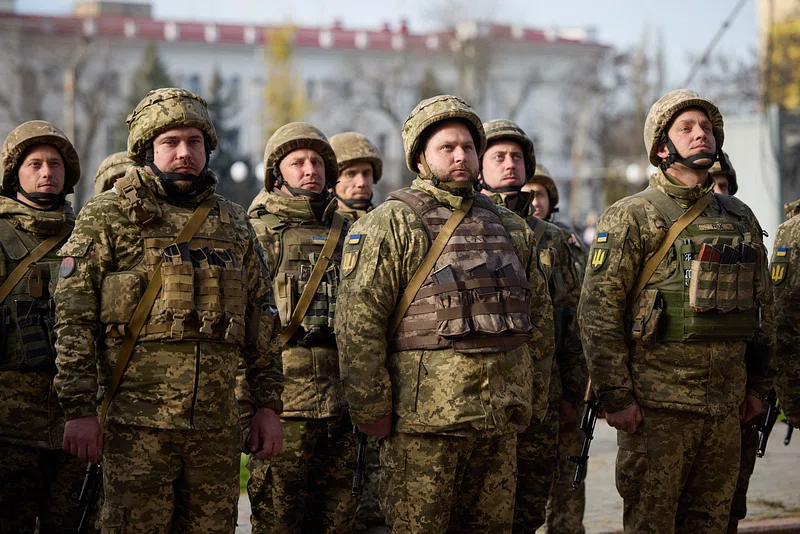
6. Russian Losses and Tactical Failure
The price in Russian troops was steep sixteen destroyed/damaged armored personnel carriers, an armored tractor, forty-one motorcycles, and two light cars destroyed/damaged near Volodymyrivka alone, and 107 killed and 51 wounded. Novooleynivka contributed still more losses in vehicles. Those figures, confirmed in several Ukrainian sources, suggest the attack was a failure at the tactical level and at the expense of precious armored reserves an argument in the midst of persistent woes forRussian industry in achieving ambitious production goals for the T-90 in modernizing older T-72 stock.

7. Escalatory and Desperate Tactics
The Russians in other districts have resorted to drastic tactics, like the blast of an ammonia pipe at Rusin Yar in an effort to create a deadly cloud and buy Ukrainian resupply time. Even if unconfirmed in this action, such tactics indicate the desperation driving some of the Russian effort in and around Dobropillia. They also highlight the danger of escalation in chemical threats which menace both sides and breach the laws of international behavior. The failed attack at Dobropillia demonstrates the coming together of the new and the old in combat mine fields and trenches and drone-directed fires, light-motor raids with armored bursts and weather used as a tactical variable.
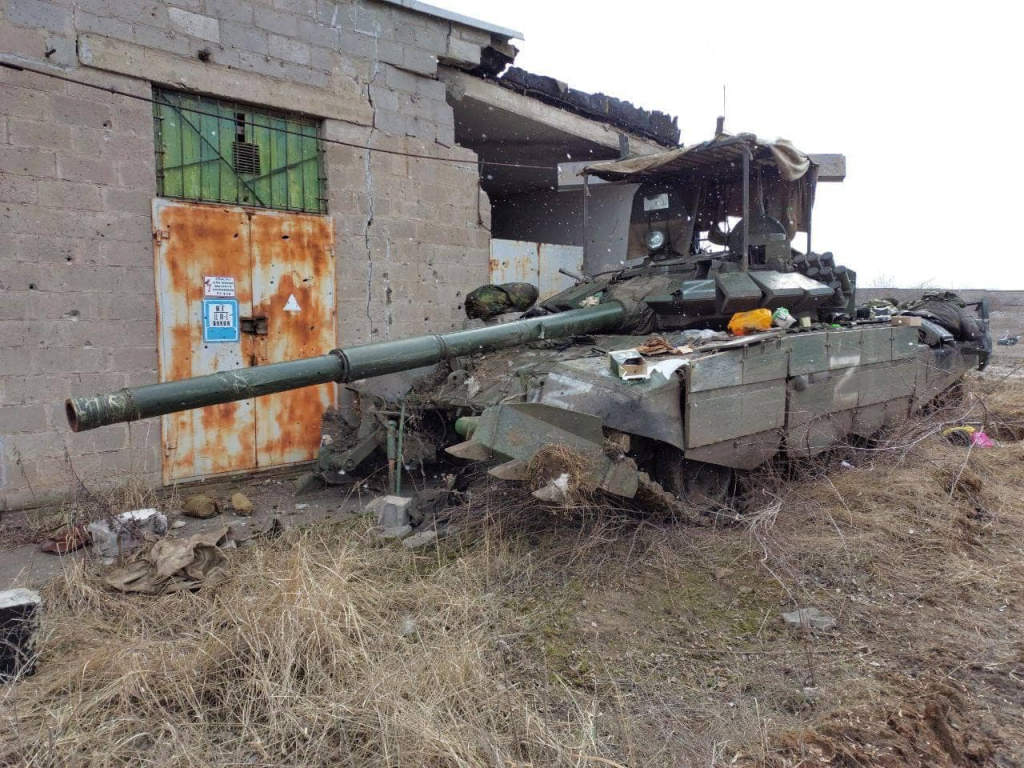
For Ukraine, it was a defensive success which justified spending on engineering works and combined-arms coordination. For the Russians, it was a pricey reminder that massed armour, even if coordinated with environmental conditions, can be nullified by a skilled defender who marries technology with terrain. Both sides learning from the experience, such battles will continue to shape the tactical environment in the Donbas.


